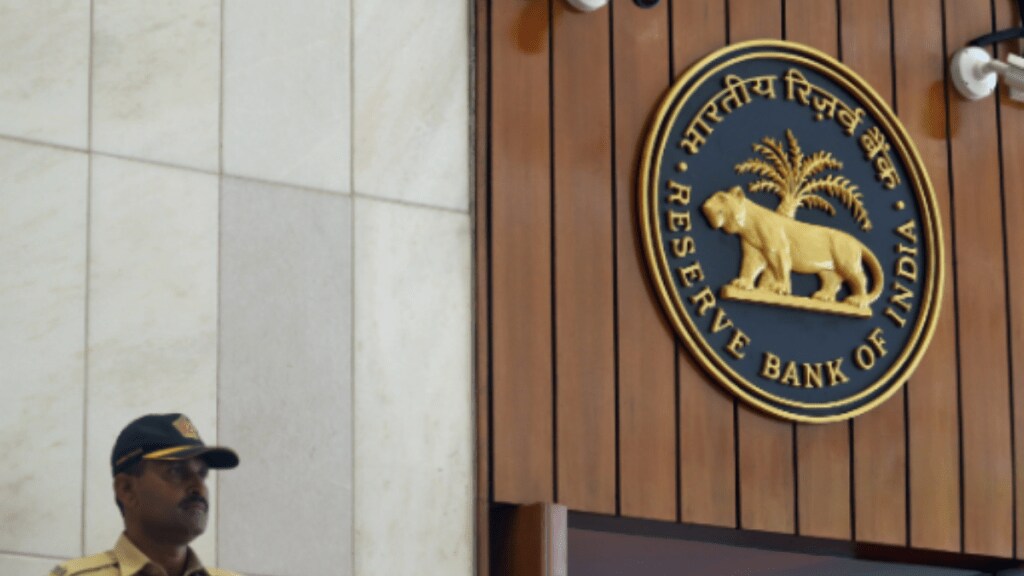As the new government is set to take charge in the coming days, banks expect an easing of the tight liquidity from the latter half of this month due to increased government spending. Last month, the banking system faced a severe liquidity deficit caused by reduced government spending and outflows related to the goods and services tax.
To provide relief to cash-starved banks, the Reserve Bank of India (RBI) infused nearly `9 trillion into the banking system, highest in the current calendar year, through 11 Variable Rate Repo (VRR) auctions in May.
“Government spending was not happening due to model code of conduct which was imposed due to general elections. With elections now over, government spending is set to increase after the new government takes charge,” V Ramachandra Reddy, head of treasury, Karur Vysya Bank told FE. “The days of huge liquidity deficit are over for banks,” he added.
He expects government spending to gain momentum from the second week of this month. Hit by the tight liquidity, desperate banks placed bids worth `13.54 trillion against the total notified amount of `9 trillion in 11 VRRs conducted in May. Last month, the liquidity deficit increased to `2.32 trillion. However, the condition improved slightly during the month end with deficit declining to `1.38 trillion on May 28.
“Banks were short of funds due to rise in cash in circulation due to elections related spending by political parties. With elections over now, cash in circulation will reduce and this cash will come back to banks,” said head of a retail banking business at a private sector bank.
Earlier, the banking system had witnessed cash squeeze in February. To address the problem, the central bank conducted seven VRRs and infused `7.5 trillion in the banking system. April was relatively easier as liquidity turned surplus on some occasions, providing relief to the banks. A repo auction is conducted by the central bank to inject liquidity into the system. Banks can obtain liquidity overnight through RBI’s marginal standing facility when interbank liquidity dries up.


